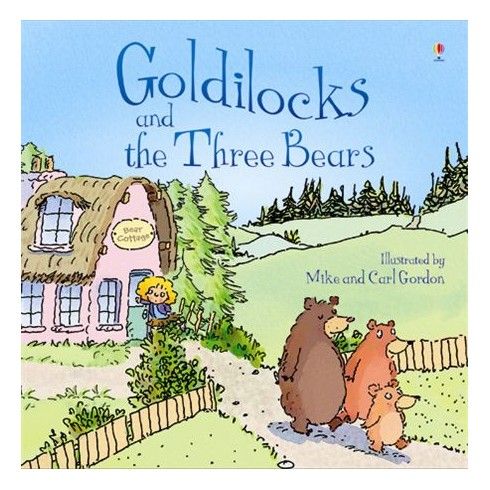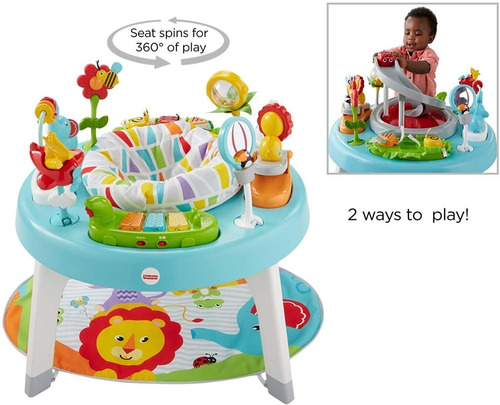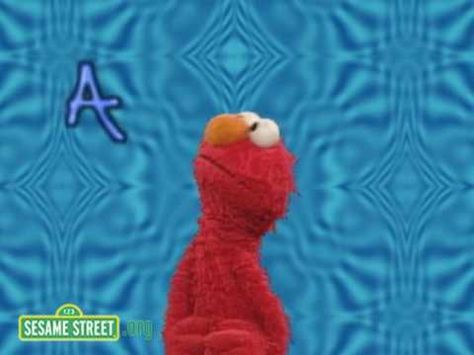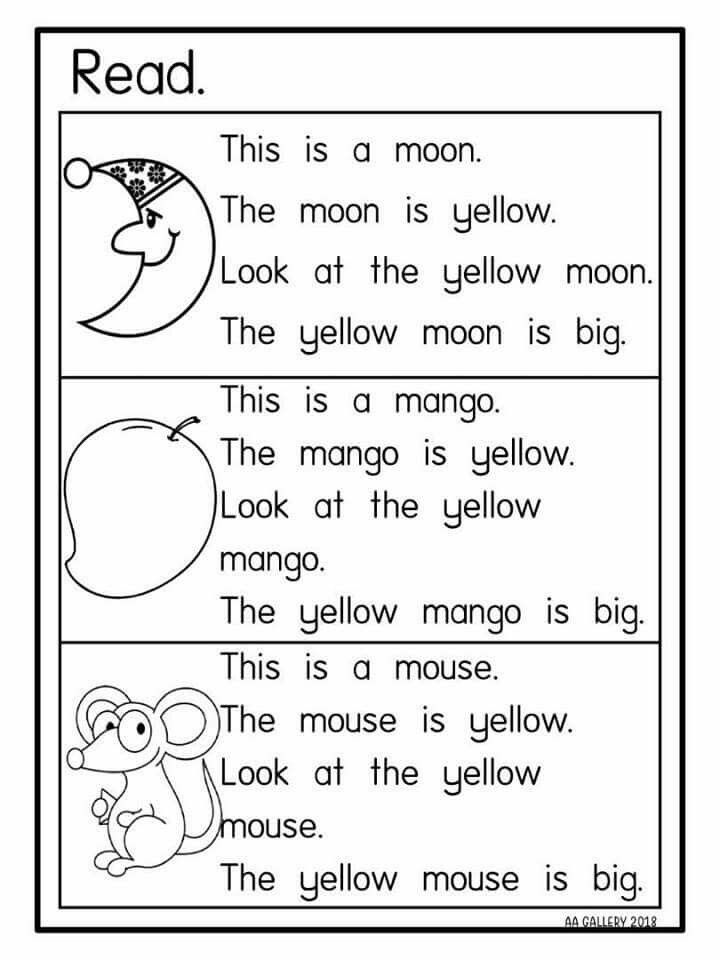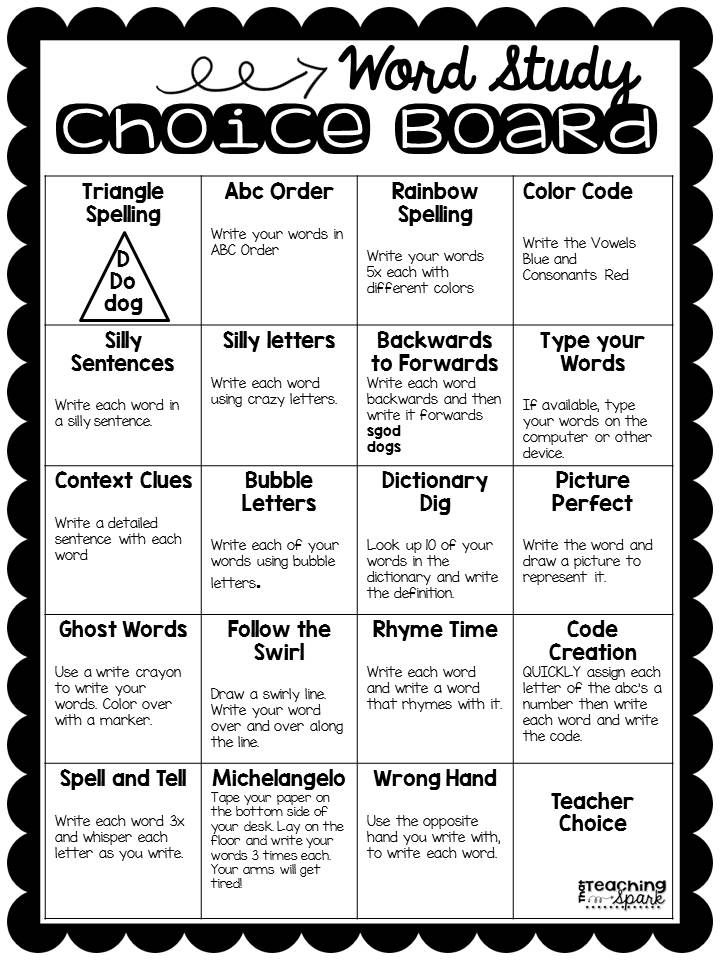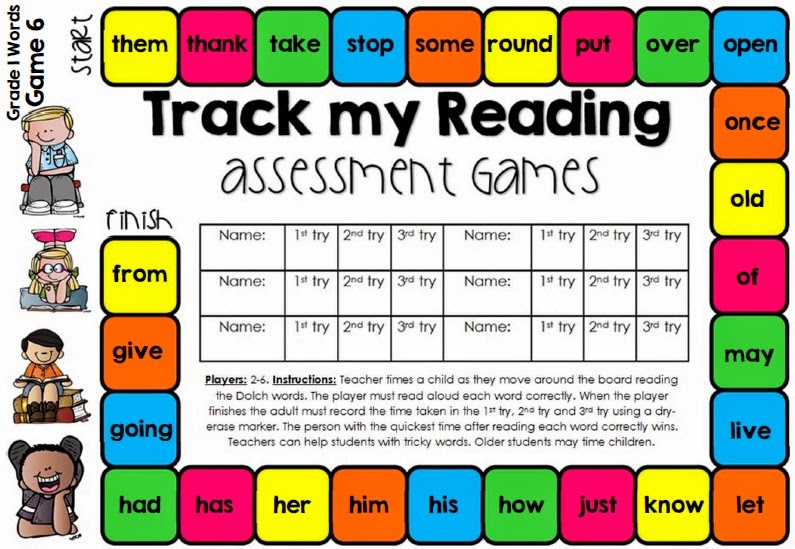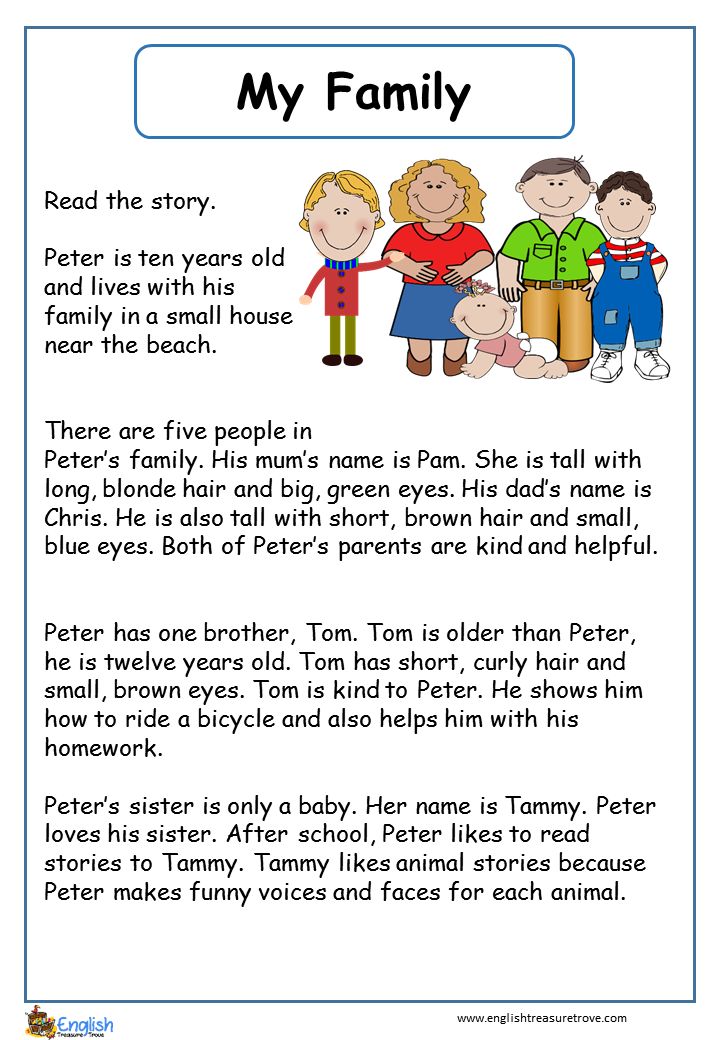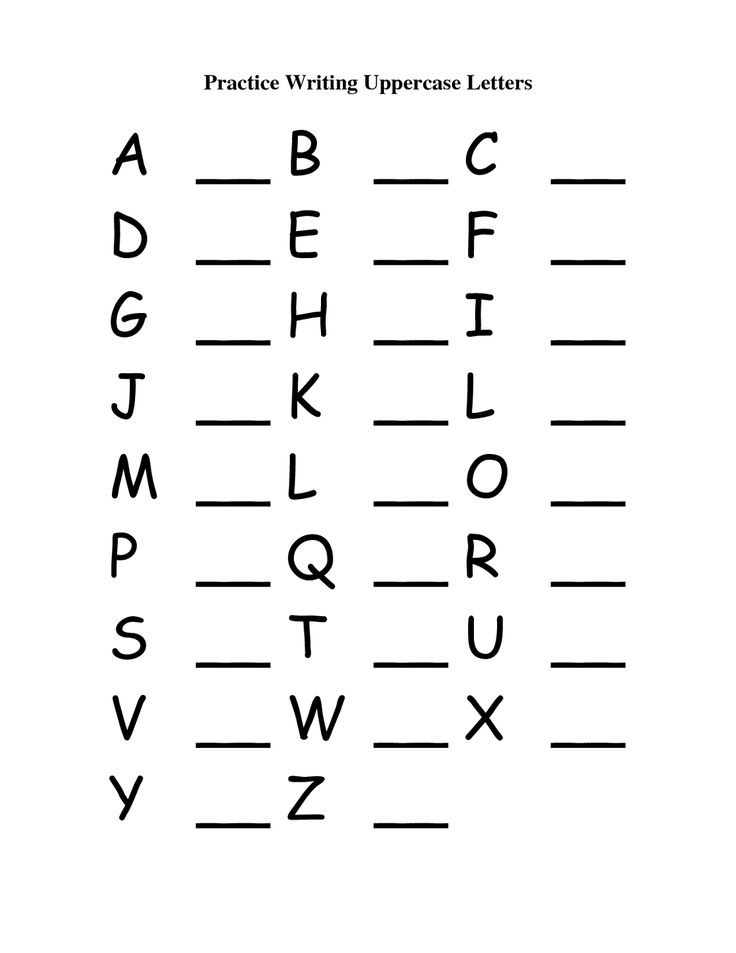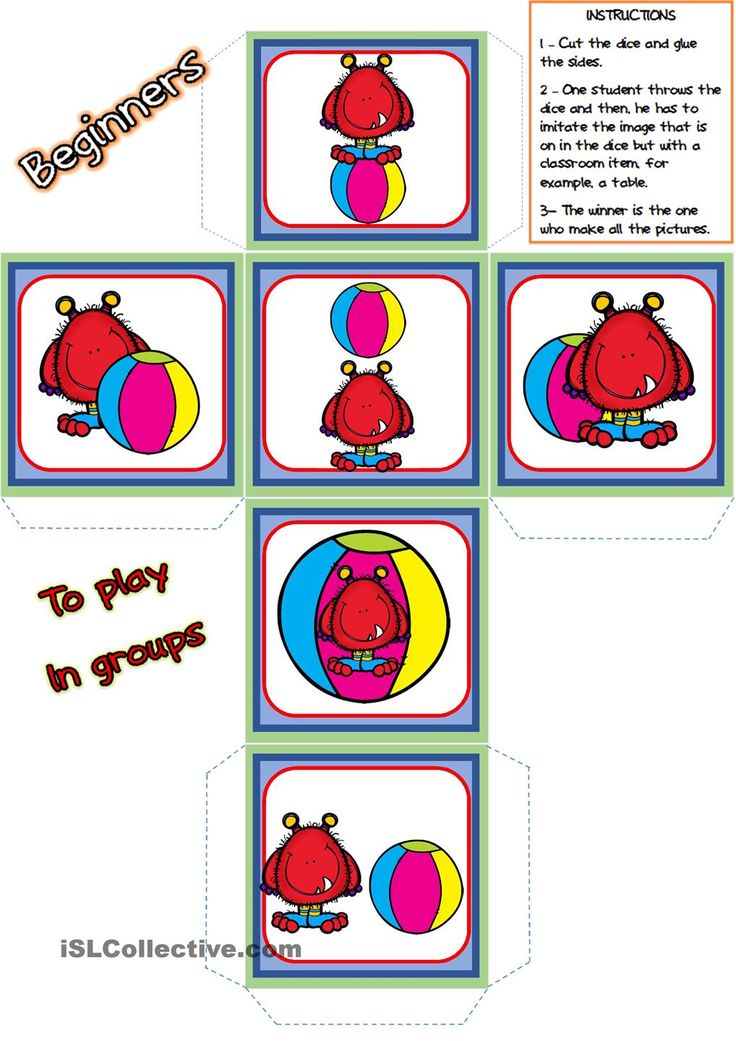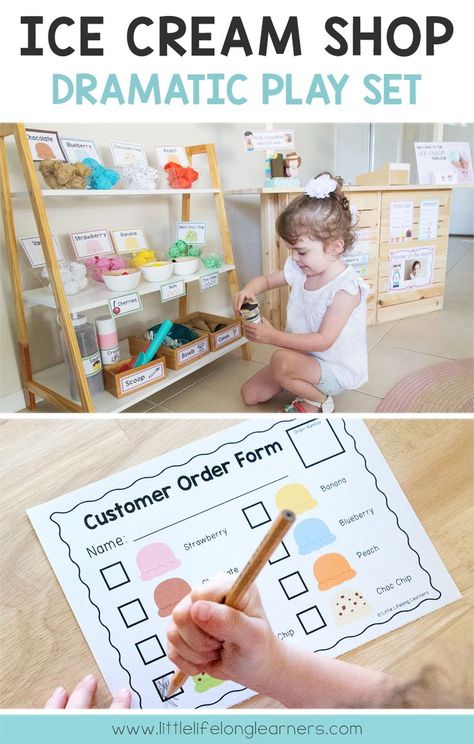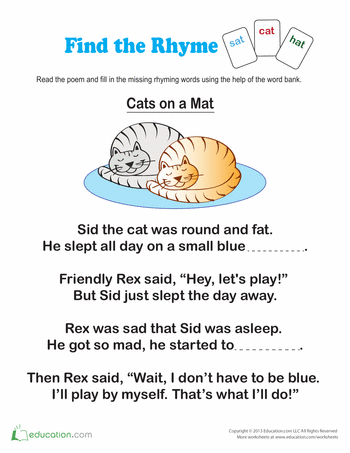Goldilocks and the three bears cottage
Goldilocks and The Three Bears Cottage For Sale In Dorset
James Oliver/Fine & Country
Burton Cottage is a delightful Grade II listed thatched cottage in the heart of Christchurch in Dorset that has just gone on the market. Best of all, it was the inspiration behind the much-loved 19th century children's book Goldilocks and the Three Bears.
Looking for a quaint new family home with plenty of history? Well, this picture-perfect four-bedroom cottage is just the place for anyone who loves a fairy tale story.
This beautiful cottage was once home to Goldilocks author poet laureate Robert Southey, who wrote the novel whilst living here (it was the cottage that sparked the idea for the Three Bears Cottage in the story). Some of the main selling points new homeowners will love include exposed wooden timber beams, wooden flooring, spacious rooms and many modern technological must-haves.
Downstairs, there is a lovely entrance hall (which is currently being used as a study), a dining area, kitchen and a family reception room. One of our favourite spots is the large living room. Here, you'll find a beautiful log burner, wonderful mantelpiece and useful alcove.
The dining room has space to seat up to 10 people, so it's perfect if you love to have friends over to share food with. From the kitchen, there's also a door to the patio and a spacious laundry room on the side.
James Oliver/Fine & Country
Head upstairs, and you'll discover spacious bedrooms with luxurious en-suites, storage space and contemporary furnishings. One of the bathrooms on this floor is certain to be a favourite with new owners, as it has been modernised with underfloor heating, his-and-hers vanity basins and heated mirrors.
And that's not all: the outside of this charming fairy tale cottage is as beautiful as can be. A raised decking area towards the back of the property provides a place to dine alfresco in the summer, while tall trees and well-kept hedges gives an element of privacy. Children especially are certain to love it here.
Tempted? This property is currently on the market for £995,000 via Fine & Country.
Take a tour of the stunning property below...
Living room
James Oliver/Fine & Country
Dining room
James Oliver/Fine & Country
Kitchen
James Oliver/Fine & Country
Reception room
James Oliver/Fine & Country
Gardens
James Oliver/Fine & Country
Fine & Country
Exterior
Fine & Country
James Oliver/Fine & Country
Like this article? Sign up to our newsletter to get more articles like this delivered straight to your inbox.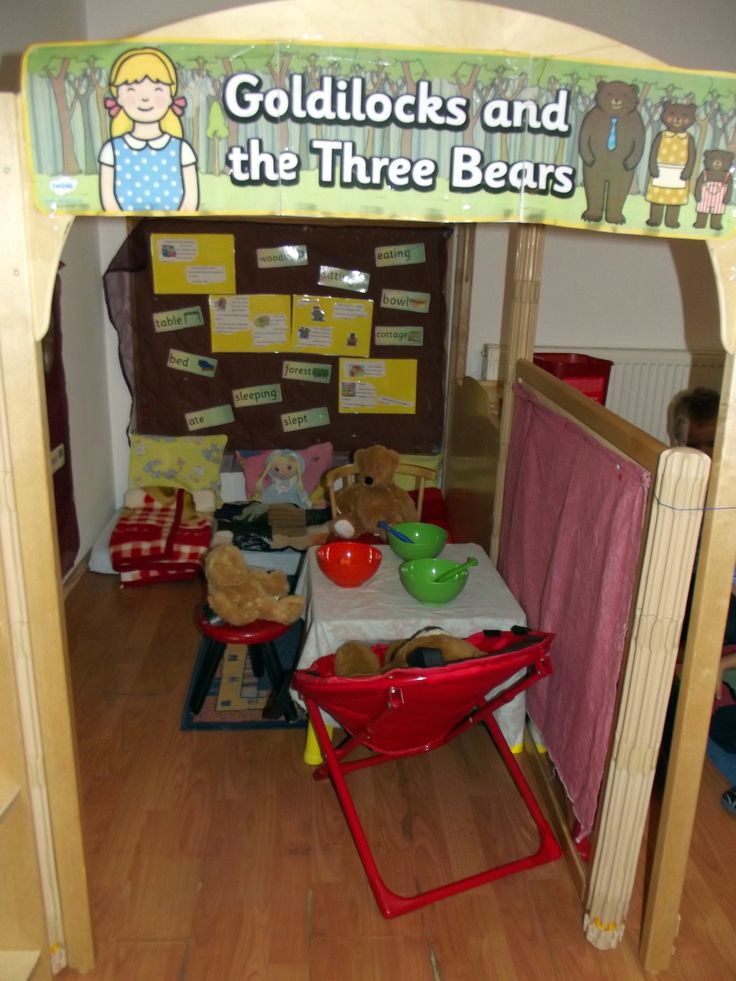
SIGN UP
Lisa Joyner Senior Digital Writer, House Beautiful and Country Living Lisa Joyner is the Senior Digital Writer at House Beautiful UK and Country Living UK, where she's busy writing about home and interiors, gardening, dog breeds, pets, health and wellbeing, countryside news, small space inspiration, and the hottest properties on the market.
Untitled Document
Untitled DocumentGOLDILOCKS AND THE THREE BEARS
(the Dramania version)
Once upon a time there were three bears: Papa Bear, a Mama Bear, and Baby Bear. They lived in a nice, neat little house in the woods. One day they decided to go for a walk, so they left the door unlocked (they were bears, why should they worry about crime?) and went for a refreshing hike.
Meanwhile, Goldilocks, a little girl who lived in a cottage on the other side of the forest, was also out for a walk and she came upon the house of the Bears.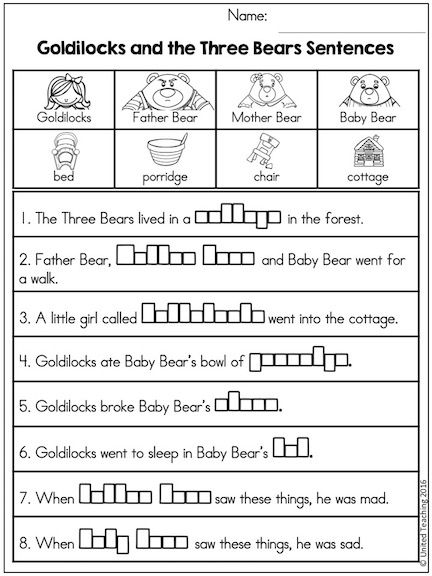 Heedless of laws against breaking and entering, she went inside the house. She saw three bowls of porridge on a table. "Mmm," she thought, "I'm hungry!" And she took a bite out of the biggest bowl. It was too hot! "Ouch," she said. She took a bite from the medium-sized bowl. It was too cold! "Yech," said Goldilocks. She took a bite out of the little bowl. "Just Right!" she said, and it was, so she ate the whole thing.
Heedless of laws against breaking and entering, she went inside the house. She saw three bowls of porridge on a table. "Mmm," she thought, "I'm hungry!" And she took a bite out of the biggest bowl. It was too hot! "Ouch," she said. She took a bite from the medium-sized bowl. It was too cold! "Yech," said Goldilocks. She took a bite out of the little bowl. "Just Right!" she said, and it was, so she ate the whole thing.
Then she decided to sit down and rest. She found three chairs. She tried to sit in the biggest chair first. It was too hard. "Ouch," said Goldilocks. She rubbed her backside and tried the medium-sized chair. It was too soft! "Yech," said Goldilocks. Determined to find rest, she tried the littlest chair. "Just Right!" she said. However, SHE was not just right, she was too big and she broke the chair into little pieces!
Still oblivious to her acts of vandalism, she decided to go to sleep. Luckily, she found three beds. She tried the biggest bed. It was too hard! She tried the medium bed. It was too soft! "Deja vu," thought Goldi. Finally, she tried the littlest bed. It was just right, and so comfortable she fell sound asleep.
She tried the biggest bed. It was too hard! She tried the medium bed. It was too soft! "Deja vu," thought Goldi. Finally, she tried the littlest bed. It was just right, and so comfortable she fell sound asleep.
Just then the Bears came home. They noticed the door was open. Since they were bears they did not worry about it. They were very hungry after their hike so they went to eat their porridge. "Hey," said Papa Bear, "Someone's been eating from my bowl!" "Yikes," said Mama Bear, "Someone's been eating from my bowl, too!" "Zounds," said Baby Bear, "Someone's been eating from my bowl, and they ate the whole thing!"
Shocked and dismayed, the Bears decided to sit down and rest. "Hey," said Papa Bear, "Someone's been sitting in my chair!" "Yikes," said Mama Bear, "Someone's been sitting in my chair, too!" "Zounds," said Baby Bear, "Someone's been sitting in my chair, and they broke it into little pieces!"
Hot on the trail, the Bears checked their bedroom.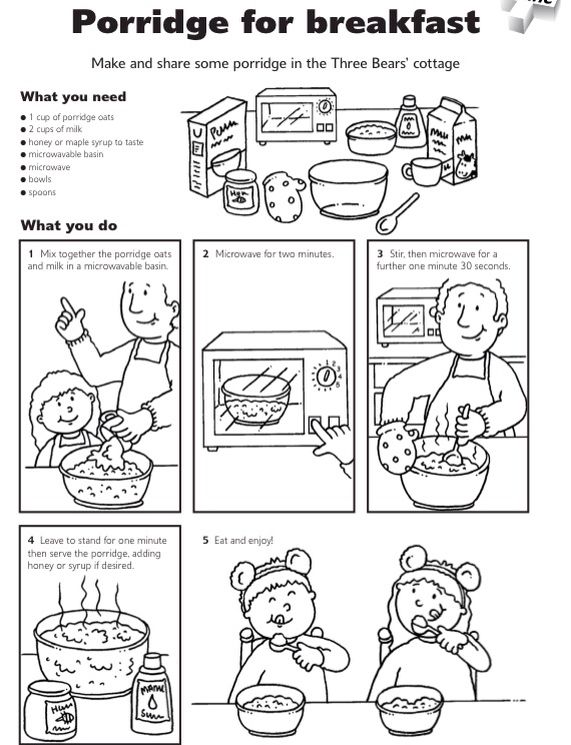 You can guess what happened. "Hey," said Papa Bear, "Someone's been sleeping in my bed!" "Yikes," said Mama Bear, "Someone's been sleeping in my bed, too!" "Zounds," said Baby Bear, "Someone's been sleeping in my bed, and they're still there! EEEEEEEK!"
You can guess what happened. "Hey," said Papa Bear, "Someone's been sleeping in my bed!" "Yikes," said Mama Bear, "Someone's been sleeping in my bed, too!" "Zounds," said Baby Bear, "Someone's been sleeping in my bed, and they're still there! EEEEEEEK!"
Just then, when Baby Bear yelled "EEEEEEEK," Goldilocks woke up and saw three bears looking at her very angrily. She jumped up and ran all the way home. She never entered another house without permission again, and the Bears bought a lock for their door.
THE END
Goldilocks and the Three Bears. English fairy tale
Three bears lived in a beautiful stone house in the forest: Papa Bear - a big big one, Mama Bear - a little smaller, and a little bear cub, Mishutka. Each of them had their own bowl for stew: a small one for Mishutka, a medium one for Bear, and a large one for Papa Bear. At dinner, everyone sat in their own chair: Mishutka - on the smallest one, Mama Bear - on the middle one, and Papa Bear - on the largest one.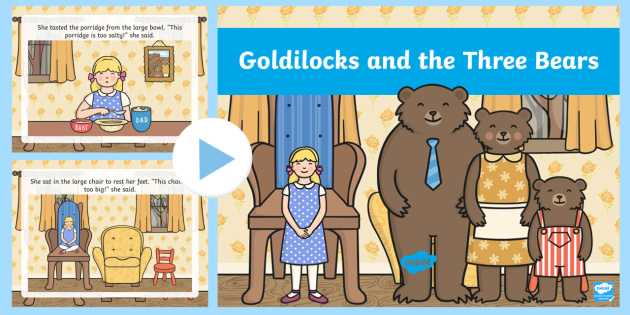 Everyone had their own bed: Mishutka slept on the smallest one, Mama Bear on the middle one, and Papa Bear on the largest one.
Everyone had their own bed: Mishutka slept on the smallest one, Mama Bear on the middle one, and Papa Bear on the largest one.
One day Mama Bear cooked delicious stew for dinner and poured it into bowls. But the stew was very hot, you had to wait until it cools down. Therefore, the bears took a basket each and went for a walk in the forest, and at the same time to pick berries.
While the bears were walking, a little girl came out along the forest path to their house. Her name was Goldilocks because she had beautiful golden hair. First she looked through the window, then looked through the keyhole, and finally called:
– Hey, is anyone home?
But, of course, no one answered her. Then she just lifted the latch and pushed the door.
The door was not locked, the bears lived peacefully, did no harm to anyone and did not expect anything bad from anyone. Goldilocks entered the house and looked around. She was very happy to see a large table in the middle of the room, and on it were three bowls of stew.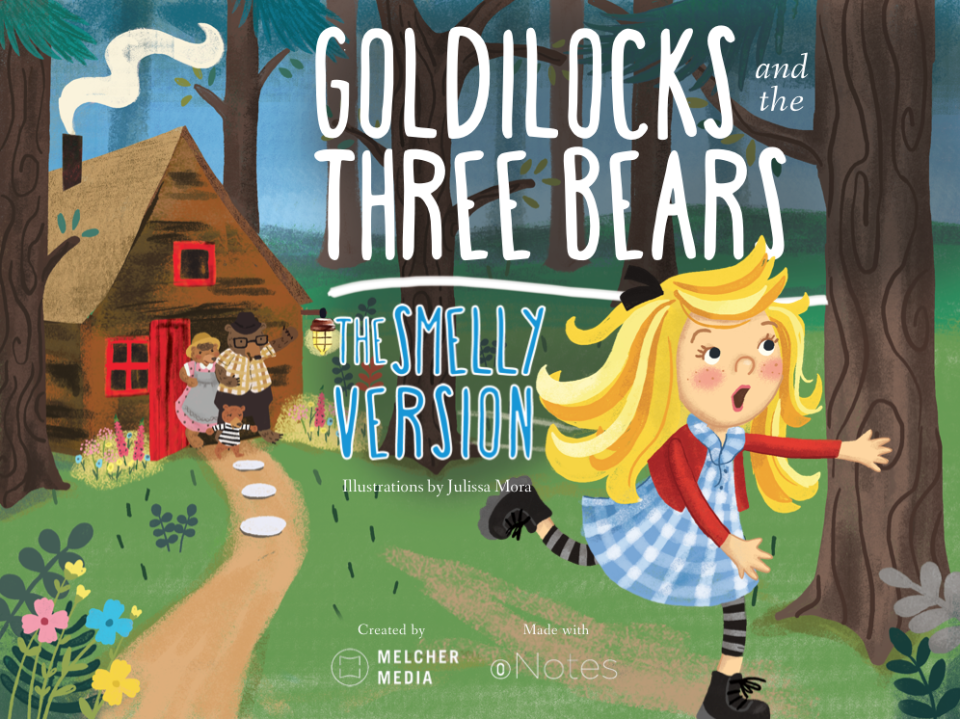
If Goldilocks had been a well-mannered girl, she would have waited for the bears to return - surely they would have invited her to dine with them. After all, the bears were indeed kind, although, of course, they grumbled at times, like all bears. Nevertheless, they had an agreeable disposition, and they loved guests. But Goldilocks was very tired and hungry. She walked over to the table and tasted the chowder from the biggest bowl, Papa Bear.
– Oh, how hot! - she said. Then she scooped a spoon out of Mama Bear's bowl and grimaced, “Ugh, really cold. Then she saw the smallest bowl, Mishutkina, and tried his stew: - Mmm, but this one is just right.
She liked the stew so much that the girl ate everything to the last drop. After eating, Goldilocks decided to take some rest and climbed onto Papa Bear's chair.
– Oh, how tough! she exclaimed, and moved to Mama Bear's chair. “But it’s too soft here,” she said, and moved to the smallest chair, Mishutkin.
“Oh, this one is just right,” she happily jumped on it.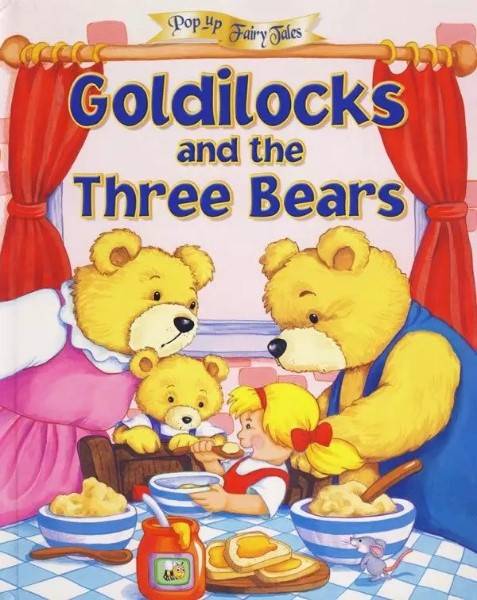 Suddenly the chair collapsed under her, and Goldilocks fell straight to the floor.
Suddenly the chair collapsed under her, and Goldilocks fell straight to the floor.
However, she was no stranger to falling, she got up, dusted herself off and, looking around, saw a ladder. The girl climbed it and ended up in the bear's bedroom. There were three beds here. Goldilocks immediately climbed the biggest one - Papa Bear.
“Oh, how hard,” she said, jumping on it a little, and lay down on the middle bed - Mama Bear.
– Too soft here.
Finally, she moved onto the smallest bed, Mishutkina: – This one is just right!
Tired Goldilocks settled herself comfortably and fell asleep soundly. In the meantime, the bears walked around the forest and, deciding that their stew had already cooled down, returned home to have lunch and rest.
Papa Bear immediately saw the spoon that Goldilocks had left in his bowl.
– Who ate my stew? he roared in a terrible voice.
Mama Bear came up to the table and also saw a spoon in her bowl.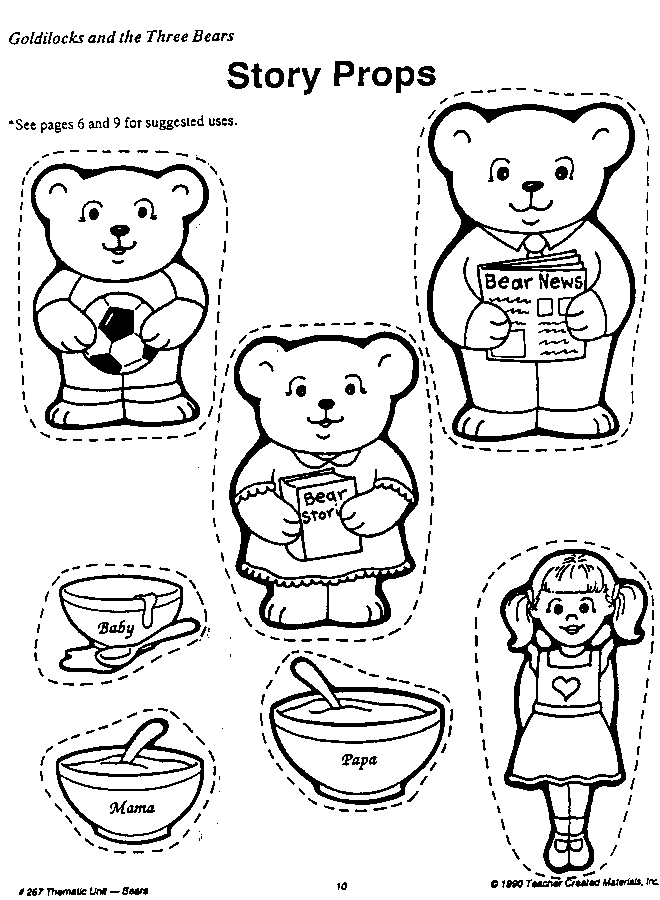
– Who ate my stew? she growled.
Then Mishutka came running and saw that a spoon had also been left in his bowl, but the stew was gone.
- Someone ate my stew and ate it all! he shouted in his thin voice.
The bears realized that someone had visited their house and left Mishutka without dinner. They began to look around and look around. Papa Bear immediately noticed that his chair had been moved from its usual place.
– Who was sitting in my chair? he roared again.
Mother Bear also saw that her chair was out of place.
– Who was sitting in my chair? she growled.
You already know what happened to the third chair that Goldilocks jumped on.
- Someone was sitting on my chair and broke it! shouted Mishutka in his thin voice.
Then the three bears decided to thoroughly search the whole house. They went up to the bedroom. Papa Bear immediately saw that his bed was rumpled, the pillow was moved.
– Who was lying on my bed? he roared.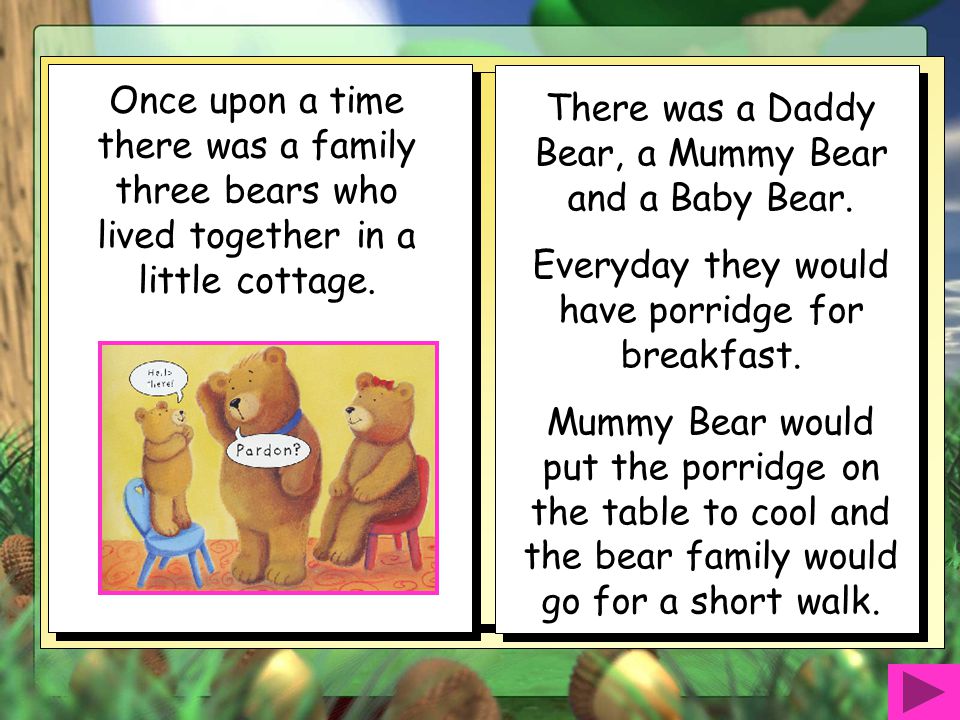
Mother Bear also noticed that her bed was all in disarray.
– Who was lying on my bed? she growled.
And little Mishutka looked at his bed and saw that everything on it was neat, and the pillow was where it needed to be, only the lovely curls of Goldilocks were scattered over it - which was completely out of place on his bed.
– Who is that lying on my bed? he shouted in his thin voice. - Ah, here, hold it, hold it!
Goldilocks heard Papa Bear's terrible roar in her sleep, but she slept so soundly that she thought it was thunder. She also heard the grumbling of Mother Bear, but it seemed to her that it was the wind humming. And little Mishutka's voice was so thin and piercing that the girl immediately woke up.
She sat up in bed and was terribly frightened when she saw three bears. She quickly rushed to the window and jumped out of it. With all her legs she rushed away into the forest, and the bears did not see her again.
Papa Bear fixed the broken chair, Mama Bear cleaned up the house, and since then, going for a walk in the forest, the bears began to lock their house.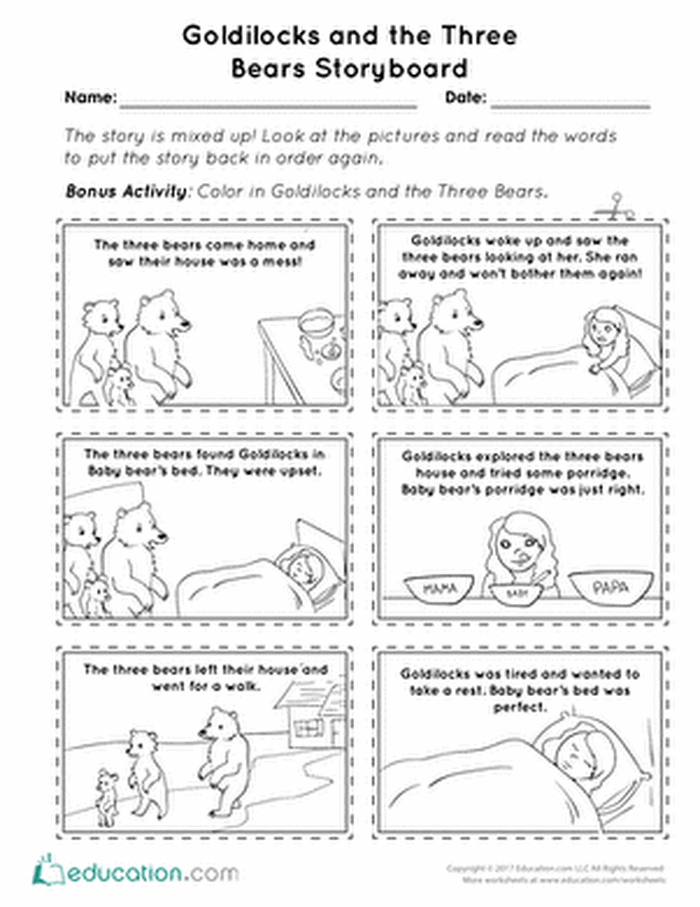
Goldilocks and the Three Bears: aneitis — LiveJournal
"As K. Lévi-Strauss wrote: "Let's start with the facts""Let's follow this motto.
In his article, Leonid Chernov writes: "The fairy tale "Three Bears" today is perceived and presented as a folk tale, but meanwhile, it was invented by Tolstoy and is purely his author's work. Tolstoy's talent and the irony of time do their job in relation to this particular fairy tale - this tale is perceived as a folk tale" .
He is right about one thing - a fairy tale is really perceived as a folk tale. True, Tolstoy's talent has nothing to do with it, because it is popular. Having looked through the collections of "Russian Folk Tales" by A. N. Afanasyev and not finding anything similar to the plot of "The Three Bears", Chernov, with his characteristic courage, comes to the conclusion: "there must be a primary source, and since it was not possible to find it, we believe that it simply does not exist, and we consider this tale to be Tolstoy's work" .
He believes so in vain - just in those blessed times of a careless attitude towards copyright, Tolstoy did not consider it necessary to mention the original source, and how could one guess that one should look for it not in Russian folklore, but in English. Now Wikipedia will tell anyone who is interested that this is a popular English fairy tale, well known since at least the beginning of 19centuries. However, in the pre-Internet era, it was probably not so easy to find out about this, and even now few people are interested, and therefore few people know. At best, they will remember that Tolstoy wrote it, but usually they continue to consider it Russian folk.
I also thought so and was quite surprised by this discovery when G. Spirin's book "Goldilocks and the Three Bears" fell into my hands:
The Three Bears is really an English fairy tale? - no one knew, and everyone was also very surprised)
But unexpectedly, the overseas origin is not the most surprising thing in the history of this tale.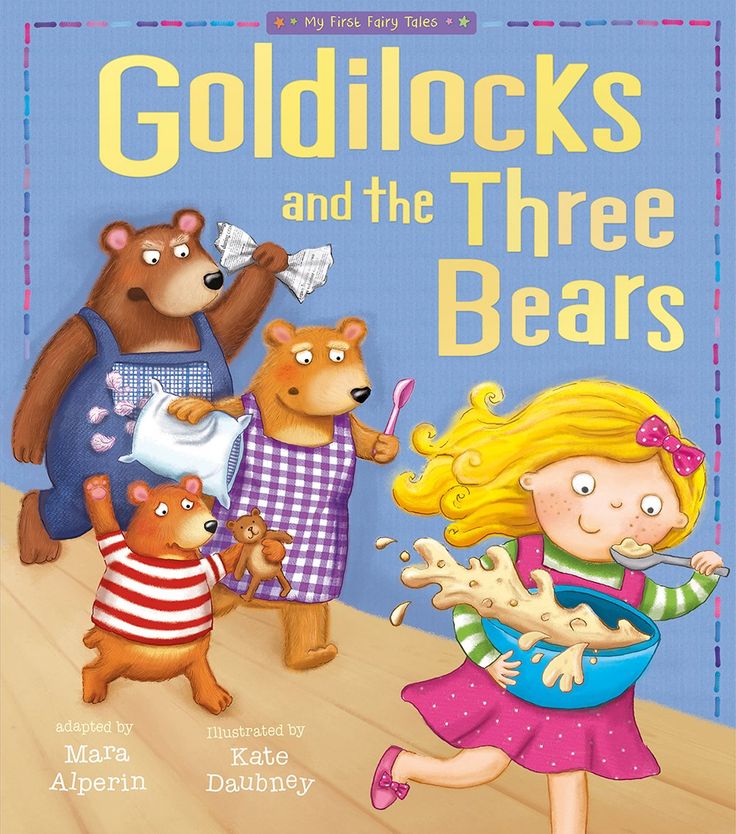 She is amazing in itself, if you look closely, here Leonid Chernov is right again, and how right.
She is amazing in itself, if you look closely, here Leonid Chernov is right again, and how right.
This fairy tale really stands out from the series of fairy tales about a girl who ended up in the forest, and there are many such: about Masha and the bear, about Snegurushka, about Snow White, about the dead princess, about Morozko, etc.
First, the heroine impersonal. Nothing is said about her, she doesn't even have a name. It is not known how she got into the forest. That is, it is mentioned that she “left home for the forest” and got lost there, but we don’t know why she left - did her evil stepmother kick her out, did she run away herself, or simply went into the forest “for mushrooms, for berries”, but Why was she alone then? Such an ontogenetic gap is completely uncharacteristic of fairy tales - some description of the initial situation and motivation for the actions of the heroine is always given.
Secondly, having got into a strange house in a dense forest, the girl again behaves completely uncharacteristically.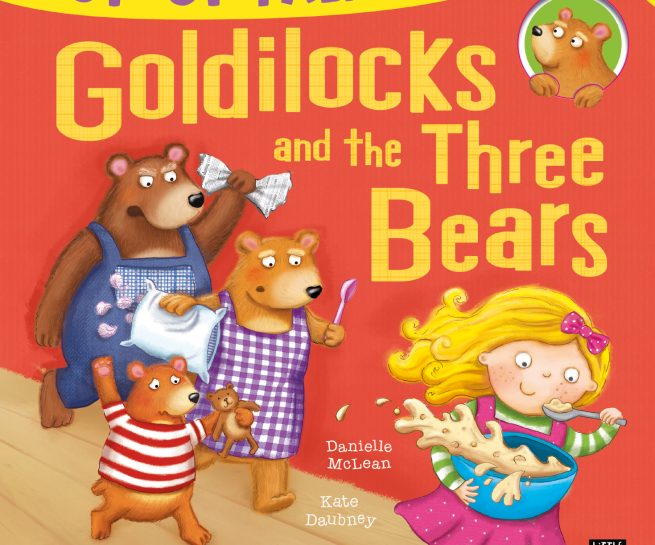 That is, it is not typical for a positive heroine, who in such a situation must show all her best sides: be modest, show housekeeping and care - tidy up, cook dinner (and not eat someone else's) and wait for the owners to return. The girl in The Three Bears behaves exactly like a "bad sister", whose repulsive behavior in such tales is only intended to shade the virtues of the main character. But the bad sister at the end of the tale will certainly be punished.
That is, it is not typical for a positive heroine, who in such a situation must show all her best sides: be modest, show housekeeping and care - tidy up, cook dinner (and not eat someone else's) and wait for the owners to return. The girl in The Three Bears behaves exactly like a "bad sister", whose repulsive behavior in such tales is only intended to shade the virtues of the main character. But the bad sister at the end of the tale will certainly be punished.
However, thirdly, there is no punishment for wrong behavior at the end of the tale. The girl, who has pissed on a cute bear family for nothing, just jumps out the window and runs away - "and the bears did not catch up with her." It is not clear whether the girl is a positive heroine or a negative one.
It is pointless to look for answers to all these questions from Tolstoy, since he only made a slightly adapted translation without making any significant changes, so you have to turn to the original version. To begin with, to the same Russian translation of an English fairy tale made by G. Spirin (you can see it in full here).
Spirin (you can see it in full here).
And then the first surprise awaited me. The tale of Goldilocks and the three bears does not begin with Goldilocks at all, but with bears!
x
And this is not a trifle - after all, in this case, according to the logic of a fairy tale, the main characters are bears, and not a girl. And the initial situation turns out to be in place - it describes the life of bears:
True, no intelligible explanations of the reason for the appearance of Goldilocks in the forest are given here either: she invades the narrative as unexpectedly as in the house of bears:
A little girl walks alone in the forest, wanders to an unfamiliar house and climbs in the window! Where are her parents and what are they thinking? This question remains as yet unanswered.
On the other hand, it becomes clear that the same initial situation is actually preserved in Tolstoy's fairy tale, albeit in a truncated form. He simply removed her from her rightful place at the beginning of the tale, which is why she was no longer perceived by readers as the original one.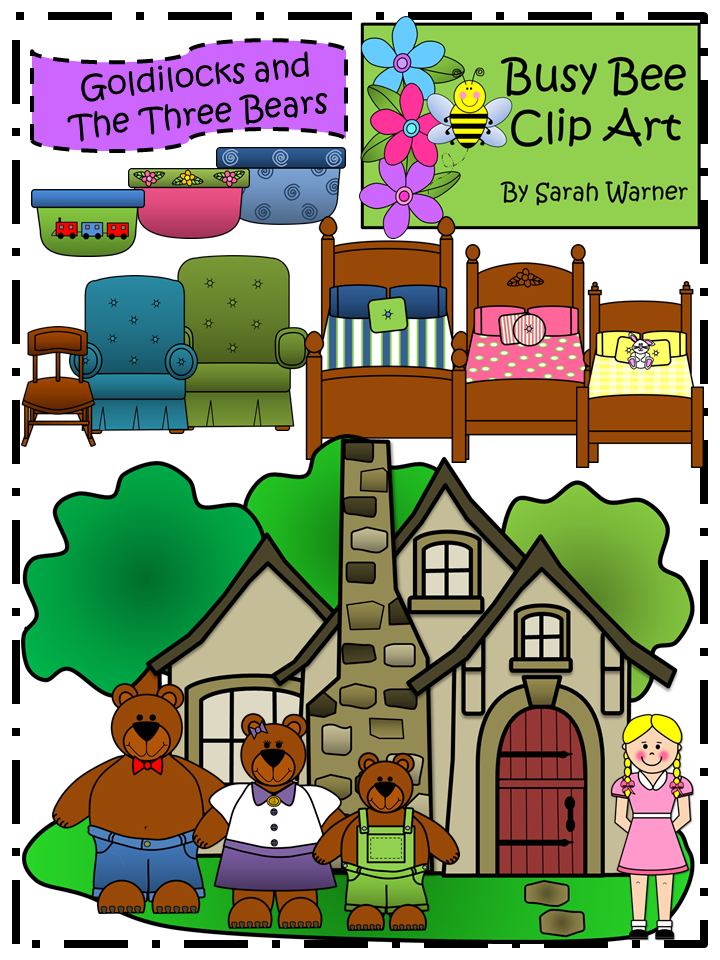 Why did he do it? Obviously, in order to make the main character a girl, not bears. And this is logical: it is the girl who is the only active character here. Bears, in the English version, formally occupying the place of the main characters, behave passively throughout the story: they are only indignant, discovering new traces of intrusion into their home, and only the most injured baby bear cub tries to bite the girl, who, however, manages to escape with impunity from angry bears.
Why did he do it? Obviously, in order to make the main character a girl, not bears. And this is logical: it is the girl who is the only active character here. Bears, in the English version, formally occupying the place of the main characters, behave passively throughout the story: they are only indignant, discovering new traces of intrusion into their home, and only the most injured baby bear cub tries to bite the girl, who, however, manages to escape with impunity from angry bears.
A strange picture emerges: the adults in this tale are completely passive and helpless. The girl's absent parents neglect her upbringing and safety concerns, leaving her free to roam where she pleases, behave inappropriately and get herself into dangerous situations; the bear cub's parents do not try to protect him: the baby, who has experienced a real shock - his dinner is eaten, his high chair is broken, his bed is occupied by an alien - is forced to independently defend his place in his home. Children do not receive instructions, support, or evaluation of their behavior from anyone.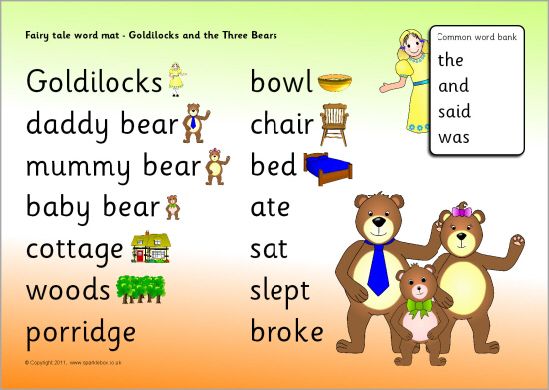 Finally, the girl disappears into the forest as mysteriously as she appeared: it is not known whether she got home (and whether she has one at all) and whether she (and the child-listener with her) made the conclusion from what happened that it is possible encroach on someone else's property with impunity and you won't get anything for it, the main thing is to run away in time. However, it is quite possible that a prosperous child will associate himself more with a bear cub who has parents, a house, a blue cup, a high chair with a blue pillow and his own bed, than with a homeless girl who has arisen out of nowhere and violates all established rules, and in this case he will be left wondering why her misbehavior had no consequences.
Finally, the girl disappears into the forest as mysteriously as she appeared: it is not known whether she got home (and whether she has one at all) and whether she (and the child-listener with her) made the conclusion from what happened that it is possible encroach on someone else's property with impunity and you won't get anything for it, the main thing is to run away in time. However, it is quite possible that a prosperous child will associate himself more with a bear cub who has parents, a house, a blue cup, a high chair with a blue pillow and his own bed, than with a homeless girl who has arisen out of nowhere and violates all established rules, and in this case he will be left wondering why her misbehavior had no consequences.
The result of the tale is so unsatisfactory that parents and educators feel obliged to complete the "correct" beginning and end - or at least conduct an educational conversation after reading to make sure that the child does not draw undesirable conclusions.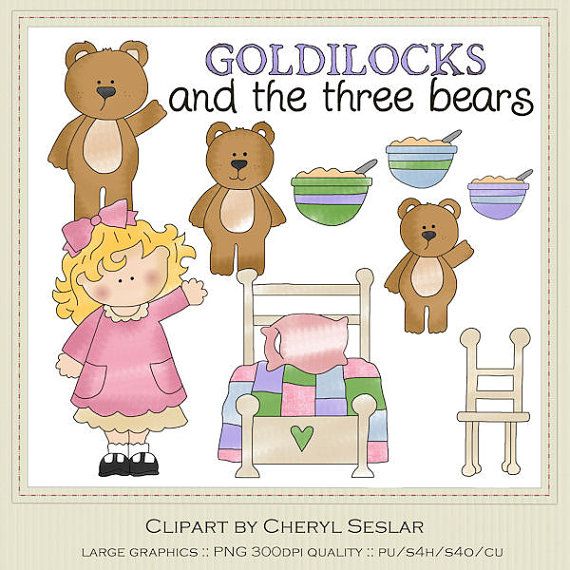 This often manifests itself when transferring a fairy tale to the screen. In our 1958 cartoon, the girl gets a name and a grandmother, who gives her granddaughter the necessary instructions at the beginning and the necessary teachings at the end:
This often manifests itself when transferring a fairy tale to the screen. In our 1958 cartoon, the girl gets a name and a grandmother, who gives her granddaughter the necessary instructions at the beginning and the necessary teachings at the end:
However, we have another, not so straightforward version 1984 years old - in it the original interpretation is achieved by other methods:
In numerous English cartoons, it is always emphasized at the end that Goldilocks was very scared and never went into the forest again.
However, it is worth mentioning that not always everything ended so happily for Goldilocks: in some early versions, the bears ate her. However, now the girl simply explains that she was hungry and tired, repents and asks for forgiveness, and the softened bears send the bear cub to accompany her home.
In one variation, Goldilocks and the bear cub then play together and become friends.
In another, mom is shown pouring porridge out of her bowl for a baby bear, while dad is fixing his chair.